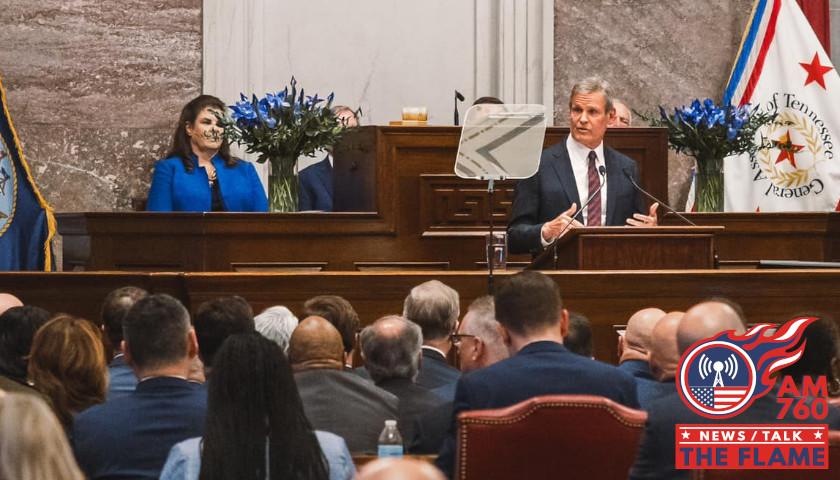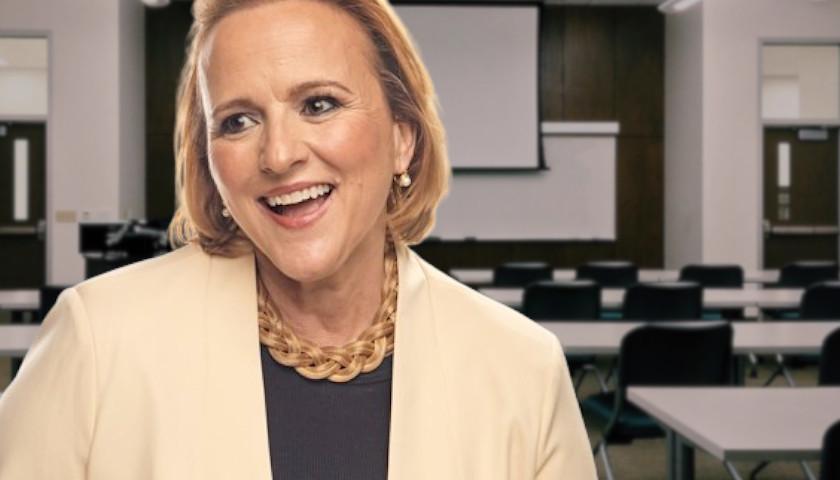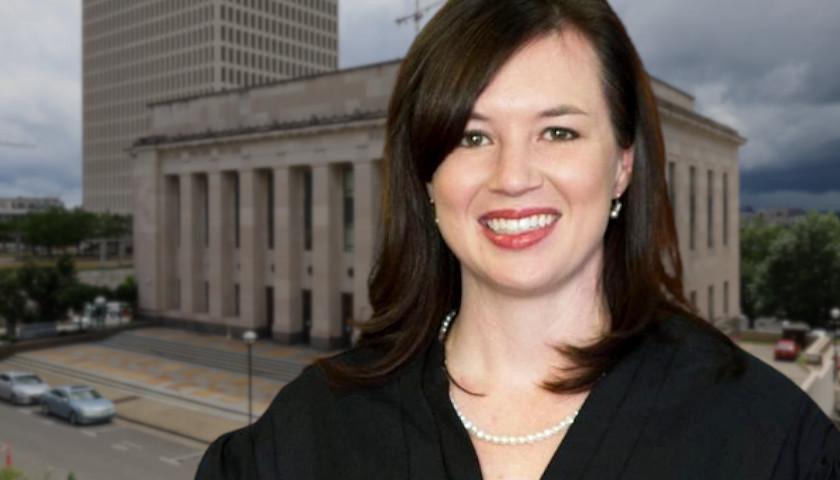The Tennessee Department of Education (TDOE) updated the State Board of Education (SBE) last week on the state’s progress in implementing its new school funding formula – Tennessee Investment in Student Success (TISA). Tennessee is moving from a systems-based funding formula to a student-based funding formula with TISA.
The new system uses a formula that starts with a base amount for each student and then adds money for various factors. Those components include poverty, district size, English learners, and special education needs. This year, the base allocation per student is $6,860 per student.
Tennessee has 966,728 students, requiring $6,631,755,356 in base funding. Student counts are captured using Average Daily Membership (ADM). Rather than measuring raw numbers of students, ADM considers a student’s enrollment and daily class assignment for each of the nine reporting periods throughout the year. Those periods are 20 instructional days of each Local Education Agency’s school calendar.
Local school districts received their final allocation calculations on July 7th. Those allocations were within .14 percent of spring 2022 estimated as TISA went through the legislative process. As a result, no district’s fiscal year 2024 local contribution exceeded its maintenance of funding level.
Deputy Commissioner of Education Sam Pearcy told the board that TISA provided roughly a 70/30 split between state and local investment. The split is based on a local district’s ability to pay, as calculated by the Boyd Center for Business and Economic Research (CBER) at the University of Tennessee and the Tennessee Advisory Commission on Intergovernmental Relations (TACIR).
At Friday’s SBEC quarterly meeting, Maryanne Durski, TDOE executive director of Finance, provided board members with data showing the funding breakdown for individual local districts.
That data showed two districts – Nashville and Sevier County – contributing more funding than the state. In Nashville’s case, the local taxpayers’ contribution is $442,103,963.47, with the state providing $329,345,483.40.
Despite enrolling significantly fewer students, Rutherford County and Knox County will receive state contributions roughly equivalent to Nashville.
Memphis-Shelby County Schools will receive $805,416,008.62 from the state. Their local contribution is $253,546,404.80.
No further explanation was given, and board members had no further questions. The Tennessee Star contacted the TDOE for more information, but the department did not responded.
Under the new formula, students who are considered economically disadvantaged will receive an additional 25 percent of the base towards their education. That number includes students who receive direct services from the state. It also includes those in foster care, homeless, migrant, or runaway. TDOE calculations show that roughly a quarter of Tennessee students will be eligible for the extra funding allocation, with an investment of nearly half a billion dollars.
Department data indicates that 648,000 students attend a school where 40 percent or more live in poverty. Those students will receive an additional 5 percent of the base rate—a $222,325,451.87 investment.
Students who show signs of dyslexia or are tier 1 English learners receive an additional 20% of the base. The state has dedicated $139 million for the roughly 101,000 students in that category.
The 47,309 students enrolled in Career Training Education (CTE) programs will each receive an additional $5000 per student, totaling $236,547,864.21.
Pearcy told SBE members in his presentation, “This year we’ve reflected back more data to local districts than we ever have in the past.”
That access to data will be extended to parents as well. The TDOE plans to make a TISA calculator available to families. A parent or guardian can input their student’s information and be able to determine the amount of funding their student would generate under the TISA formula.
Board Member Lillian Hargrove anticipated this generating hard conversations between parents and local districts.
She said, “I can envision parents calculating the amount of money dedicated to their child, and then going to local officials and asking to see how that money was actually spent.”
Pearcy said the department was already working with local districts to ease those conversations.
– – –
TC Weber is a reporter at The Tennessee Star and The Star News Network. He writes the blog Dad Gone Wild. Follow TC on Twitter. Email tips to [email protected]. He’s the proud parent of two public school children and the spouse of a public school teacher.









“Pearcy said the department was already working with local districts to ease those conversations.”
You mean when folks figure out just how much “free” public school isn’t free? Then they start multiplying that per student number times the number of kids in a classroom and take out about $70k for teacher salary and wonder where the rest of that money is going and why their property taxes went up 20%? Oh, the horror!
The best funded school districts (Boston, NYC, Philly, and DC) have the worst test results. Funding and teacher pay have (demonstrably) nothing to do with student achievement. Achievement has to do with having strict standards for all students, and accepting nothing but their best efforts. Since we know that competency in Math and English are so important, they should take up not less than sixty percent of the classroom hours. I was fortunate to have gone from a poor school system to an elite boarding school that put extra emphases on competency in English. I guess you are able to perceive this from my post.
The special allocations for “poverty”, non-English learners, (why are we paying for them to learn English?), etc. is crazy. Just ways of rigging the numbers and waste more tax dollars on a failed system.
Money is not always the solution to poor academic outcomes. Instead of addressing the real problem behind our students low academic achievements they just devise new ways to throw more money after bad. It is like throwing gasoline on a fire.